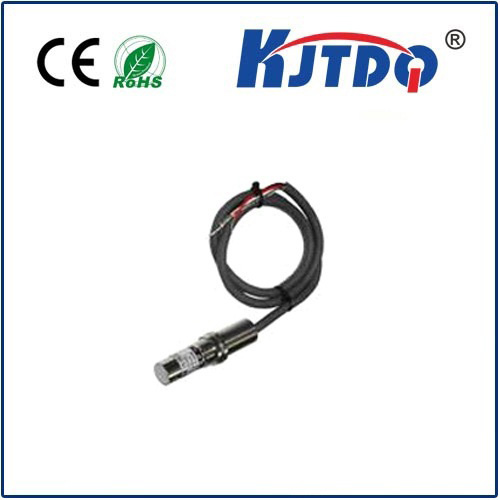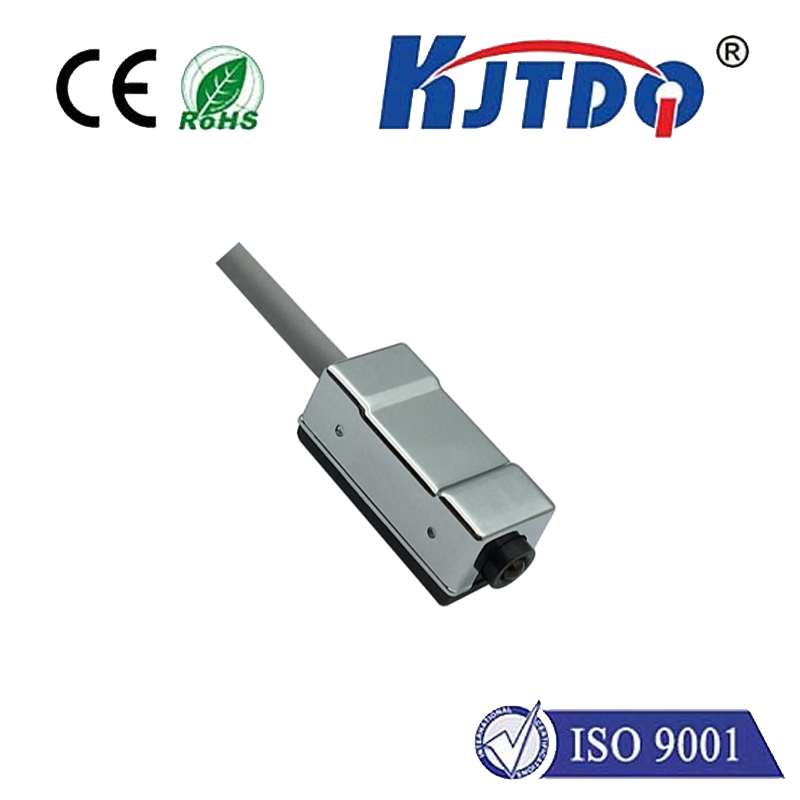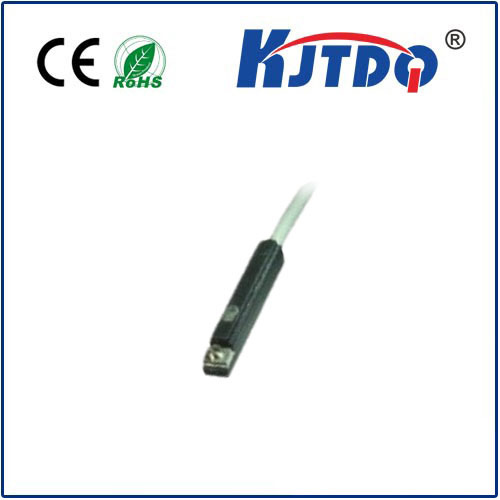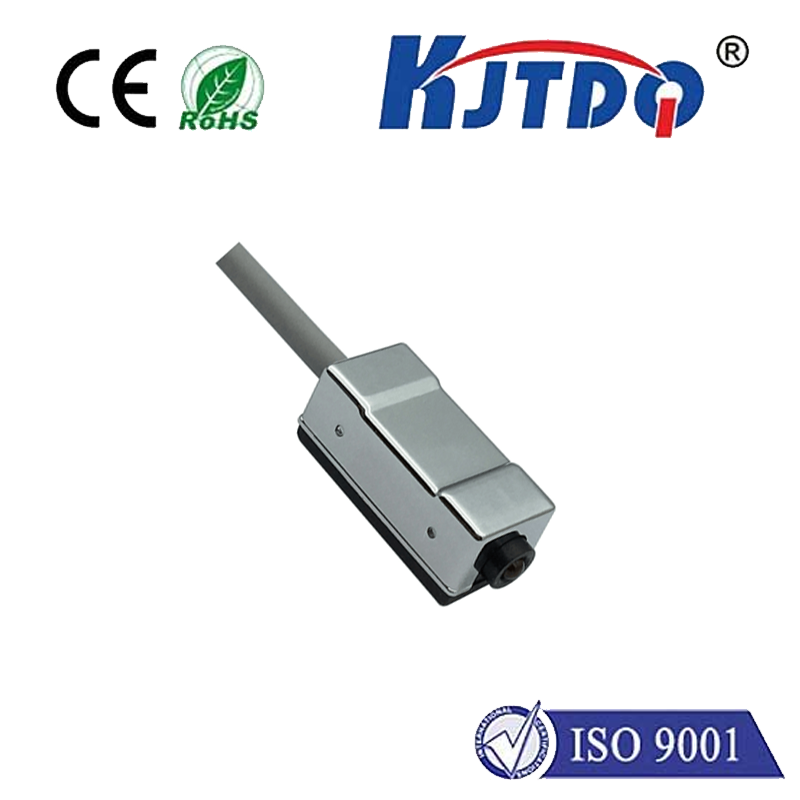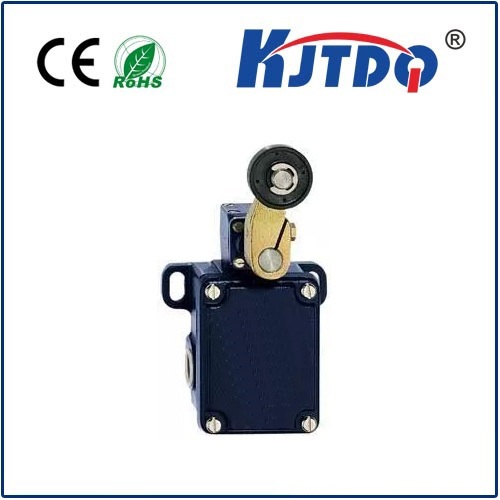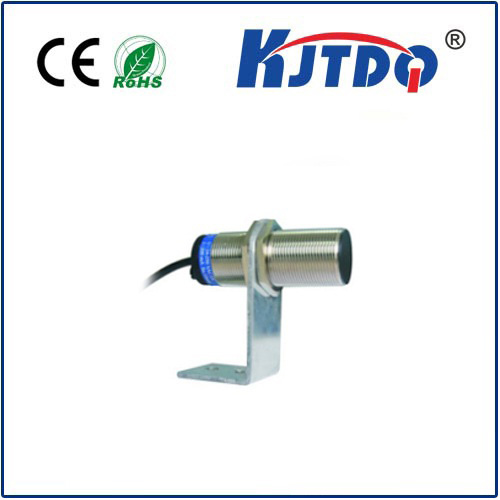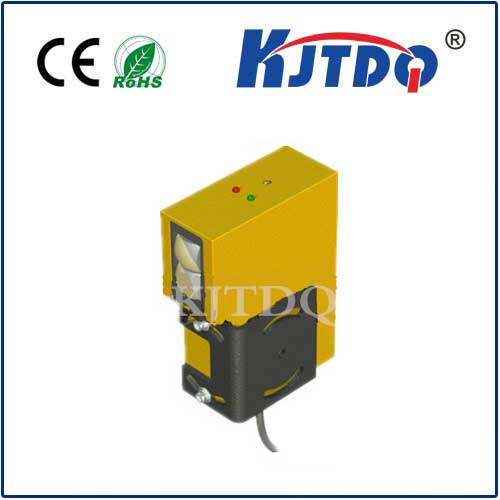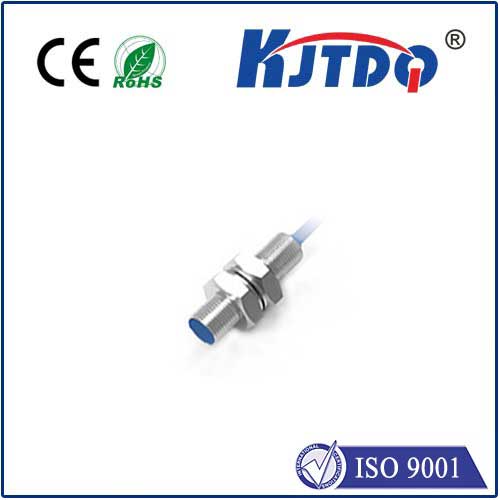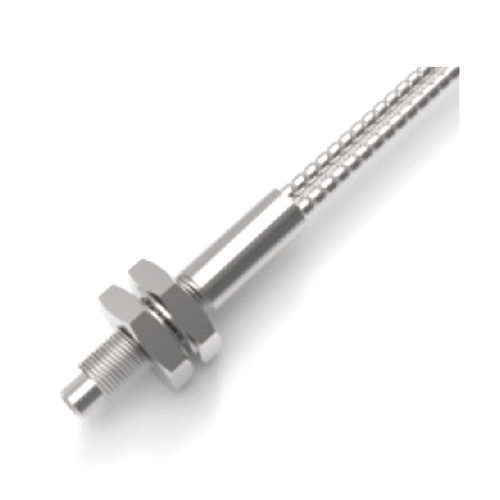an introduction to distributed optical fibre sensors
- time:2025-08-14 12:29:01
- Click:0
Sensing the World Differently: An Introduction to Distributed Optical Fibre Sensors
Imagine transforming a single strand of glass fibre, thinner than a human hair, into thousands of continuous sensors stretching for tens of kilometres. This isn’t science fiction; it’s the groundbreaking reality of Distributed Optical Fibre Sensing (DOFS or DAS/DTS/DSS). Forget the limitations of discrete sensors placed at specific points. DOFS turns the entire fibre optic cable itself into the sensor, creating an unparalleled ability to monitor vast infrastructures and remote environments with unprecedented detail and continuity. This technology is fundamentally reshaping how we understand and interact with the physical world.
Core Principles: Light as the Informant
At its heart, DOFS leverages the interaction between light pulses sent down an optical fibre and the fibre’s own molecular structure. When laser light travels through the glass, tiny imperfections and molecular vibrations cause light scattering. Three primary scattering phenomena are harnessed:
- Rayleigh Scattering: Originating from microscopic density fluctuations frozen into the fibre during manufacturing. This forms the basis for Distributed Acoustic Sensing (DAS), detecting dynamic strain and vibrations (sound) along the fibre.
- Brillouin Scattering: Caused by interactions between light and acoustic waves (phonons) within the fibre material. Crucially, the frequency shift of this scattered light changes with temperature and strain, enabling Distributed Temperature Sensing (DTS) and Distributed Strain Sensing (DSS).
- Raman Scattering: Involves energy exchange between light photons and molecular vibrations, where the intensity ratio of the shifted light components (Stokes and anti-Stokes) is highly temperature-dependent. This is another key mechanism for high-precision DTS.
The magic lies in Optical Time Domain Reflectometry (OTDR) or similar techniques (like Optical Frequency Domain Reflectometry - OFDR for higher resolution over shorter distances). A pulse of light is launched into the fibre. As backscattered light returns, its intensity, frequency shift, and, critically, the time it takes to return are measured. Time delay equals distance. By analyzing the properties of this backscattered light along its entire return journey, the system can pinpoint where disturbances (like temperature changes, strain, or vibrations) occur along the fibre’s length. Essentially, every meter (or even centimetre) of the fibre becomes an individual sensing point.

The Transformative Advantages
The shift from point sensors to a distributed sensing paradigm offers compelling benefits:
- Unmatched Spatial Coverage: Monitor entire assets – pipelines stretching hundreds of kilometres, dams, railway tracks, perimeters, tunnels, or wind turbine blades – with a single cable. There are no sensing gaps.
- Continuous, Real-Time Data: Provides a dense stream of measurements along the entire cable length constantly, enabling rapid detection and response to events like leaks, intrusions, ground movement, or hotspots.
- Exceptional Cost-Effectiveness: Drastically reduces installation complexity and cost compared to deploying thousands of individual sensors and maintaining their wiring. The fibre is the sensor network.
- Passive & Immune to EMI: The sensing element (the fibre) requires no electrical power along its length and is inherently immune to electromagnetic interference, making it ideal for hazardous environments (oil & gas, power transmission) and areas prone to lightning.
- Intrinsic Safety: Glass fibres carry only light, offering a spark-free solution critical for explosive atmospheres.
- Long-Term Durability: Optical fibres are incredibly robust, resistant to corrosion, and offer a long operational lifetime with minimal maintenance.
- High Resolution & Precision: Modern systems achieve spatial resolutions down to centimetres and temperature resolution within ±0.1°C or strain resolution below 1 µε (microstrain).
Bringing Theory to Practice: Implementation Key Considerations
Deploying DOFS effectively requires careful planning:
- Fibre Selection & Installation: Standard telecommunication-grade fibres often suffice, but specific applications might require specialized coatings or designs. Installation technique is paramount: the fibre must be coupled to the structure or environment it monitors (e.g., surface-mounted, embedded in concrete, buried alongside pipelines, cemented into boreholes). Poor coupling reduces sensitivity and accuracy. Cable robustness (armouring) must match the deployment environment.
- Interrogator Choice: The heart of the system is the interrogation unit (laser source, detector, processing unit). Selection depends on the target measurement (DAS, DTS, DSS), required spatial resolution, measurement range, accuracy, and acquisition speed. Power budgets and signal attenuation are critical factors for long distances.
- Data Handling & Analytics: The sheer volume of continuous, distributed data generated is immense. Robust data processing, visualization tools, and intelligent algorithms are essential for transforming raw signals into actionable insights, detecting patterns, and raising alarms for significant events.
Reshaping Industries: Applications Abound
The unique capabilities of DOFS are revolutionizing diverse sectors:
- Pipeline Monitoring: Detecting third-party interference, leaks (via distributed temperature sensing - DTS or distributed acoustic sensing - DAS), ground movement, and corrosion.
- Perimeter Security & Intrusion Detection: Monitoring fences, borders, and critical infrastructure perimeters with high intrusion location accuracy using DAS.
- Power Cable Monitoring: Preventing failures by locating hotspots (DTS) within cable trenches or on subsea cables and detecting partial discharges.
- Structural Health Monitoring (SHM): Assessing strain distribution and detecting damage in bridges, dams, tunnels, buildings, and wind turbine blades using distributed strain sensing (DSS) and DAS for vibration analysis.
- Geotechnical & Seismic: Ground movement detection, landslide early warning, reservoir monitoring using fibres in boreholes, and even dense seismic sensing arrays for exploration or hazard monitoring (DAS).
- Fire Detection: Ultra-fast and pinpoint temperature monitoring (DTS) in tunnels, buildings, and industrial facilities.
- Renewable Energy: Monitoring temperature profiles in geothermal wells, thermal behaviour in dams, and structural loads on offshore wind foundations.
- Transportation: Monitoring rail track integrity, detecting train location and speed (DAS), and assessing road or rail embankment stability.
- Emerging Frontiers: Hydrogen leak detection, monitoring CO2 sequestration sites, and sensing within harsh environments like nuclear facilities.
The Future is Distributed
Distributed Optical Fibre Sensing is far more than a novel technology; it represents a fundamental shift in our approach to measurement. By turning passive fibre optic cables into vast arrays of thousands of sensors, DOFS delivers unparalleled coverage, continuous data streams, and robust operation where traditional sensing falls short. While deployment planning and data interpretation are crucial, the advantages for monitoring critical infrastructure, enhancing safety, and optimizing operations are undeniable. As interrogation technology advances and analytics become smarter, the reach and impact of distributed sensing will continue to expand, illuminating the physical world with unprecedented clarity.












